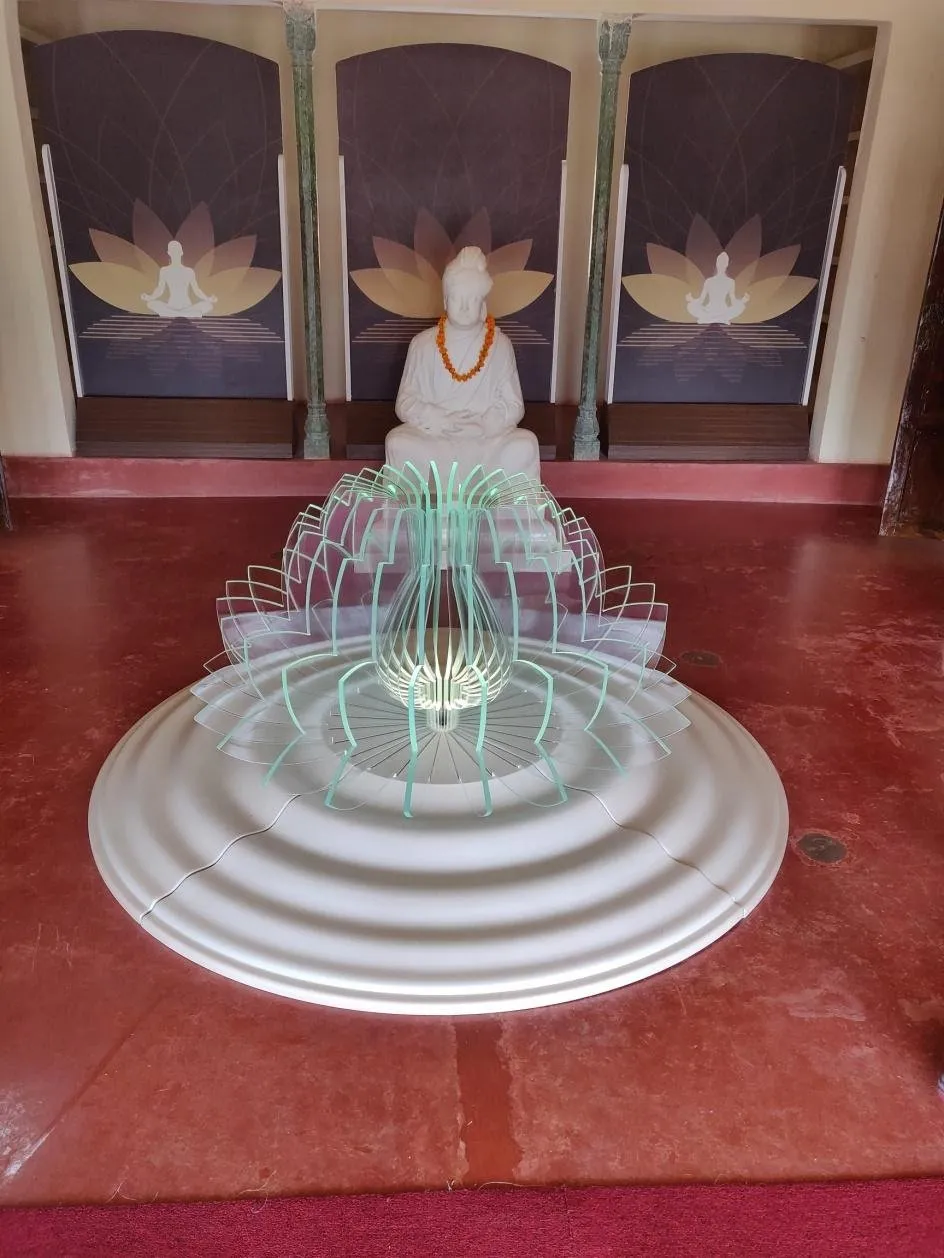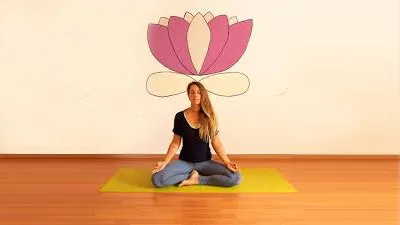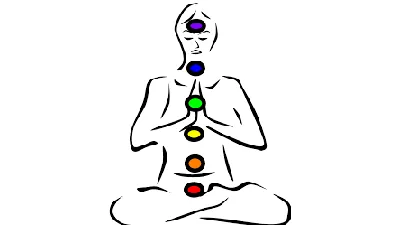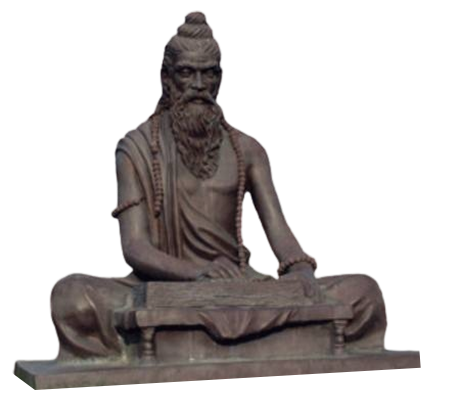Yoga Science in Allergies
मनःप्रशमनोपायो योग इत्यभिधीयते॥
The recourse to pacify the mind is called yoga.
Yoga can be defined both as the effort to restore harmony within the body-mind complex and as the effort to reunite the individual human soul with its essential nature or the Eternal soul. Dr. Gupta’s IAFA is combining Ayurveda and Yoga to add best results to our followers. We are having the best specialists working for IAFA all over the world to ensure ultimate health maintenance measures and disease cure methods. Yoga adds physical and mental support in the management of various Allergic disorders like Food allergy, Skin allergy and Nasal allergy as well as many other allergic conditions.
Proper and regular practice of yoga promotes strength, endurance, flexibility and facilitates characteristics of friendliness, compassion, and greater self-control, while cultivating a sense of calmness and well-being. Continuous and sustained practice also leads to important outcomes such as changes in life perspective, self-awareness and an improved sense of energy to live life fully and with genuine enjoyment.
The great ‘yoga’ has been history for more than five thousand years. However, even today it may be the most popular Indian word in the world. The word yoga is derived from the Sanskrit verb root yuj, which means “to yoke, unite, or bring together”. The ‘union’ denotes that of an individual (jivathman) with cosmic soul (paramatman). In Bhagavad gita the word yoga is used to express a sense of ‘divine power and glory’.
Divisions of Yoga
There are different methods in yoga to cater the needs of different members of the society. Swami Vivekananda has put forward the categorization of yoga into four major streams as Jnanayoga, Rajayoga, Bhakthiyoga and Karmayoga.
- Jnanayoga: A path dedicated to philosophical clarity and self-observation. This approach integrates self-analysis and meditation
- Rajayoga: The meditative stages of ashtanga yoga leading from resting the senses to deep states of relaxation, concentration and meditation
- Bhakthiyoga: A devotional path, often demonstrated through chant, poetry, ritual, pilgrimage and expressions of love for the infinite
- Karmayoga: A yogic path focusing on selflessness and non-attachment. A path that accompanies all other disciplines of practice.

The eight limbs of yoga
The ashtanga (“eight-limbed”) yoga system of Patanjali, as described in the Yoga Sutras, provides the discipline, guidance, and vision necessary for an understanding of yoga. The first two limbs of practice consist of strategies devoted to self-regulation. They begin with the yamas, or “restraints,” a list of five approaches for controlling negative habit patterns that diffuse energy in the individual. The second rung of the ashtanga system is a list of observances (niyamas)—positive habit patterns that guide yoga practice. The remaining six rungs in the ashtanga system are composed of increasingly refined disciplines leading toward inner stillness.

Yama [moral codes]

Niyama [self-purification and study]

Asana [posture]

Pranayama [breath control]

Dharana [concentration]

Samadhi [absorption into the eternal energy]

Pratyahara [sense control]

Dhyana [meditation]
These eight limbs basically act as guidelines on how to live a meaningful and purposeful life. They serve as a prescription for moral and ethical conduct and self discipline.
Ayurveda and Yoga
Ayurveda evolved as an empirical science and became a classical science with the introduction of more philosophical ideas from the nyaya, vaisheshika and sankhya philosophies and adding interpretations into it. With the help of these sciences a comprehensive basic principle developed for Ayurveda.Yoga also has undergone some transformation during the same period. Patanjali introduced yogasutra and is philosophically indebted to sankhya philosophy. Ayurveda has also a philosophical affiliation to sankhya.
According to Ayurveda, rajas and tamas are two dosas of mind. Rajas are the basis of excitatory emotions and tamas cause inhibitory emotions. Yoga and Ayurveda are two different sciences with a single goal, named Moksha or the Ultimate liberation of Soul. Ayurveda makes the body conducive to practice mind control. Yoga prepares the mind to transcend to the higher state of being. As a medical science, it is the responsibility of Ayurveda to offer remedy to disorders of body and mind. But when it comes to the level of psychic comforts, both the treatment of manodosa and practice to attain moksha are one and the same. In both rajas and tamas are to be reduced and satwa has to be enhanced. All yoga techniques are aiming at this goal. Hence Ayurveda also accepted Yoga as a treatment modality to manage the aggravated manodosas (mind related doshas namely Rajas and Tamas).
Yoga in Allergies
Yoga measures are showing great results when combined with Ayurvedic allergic treatment methods. The mental stress generated due to skin allergy or any other allergies are easily manageable through Yoga methods. The mental care given Yoga helps in the fast healing of Allergic disorders. Yoga also adds physical support in the treatment of allergic conditions by supporting nerve activity, blood and lymph circulation for a fast healing. Dr. Gupta’s IAFA is treating a wide range of allergic conditions like Food allergy, Skin allergy and Nasal allergy through combined Yoga and Ayurveda measures.
IAFA is proud to serve millions of our followers through Ayurveda, Yoga and meditation measures to assure health maintaining as well as disease cure giving prime importance to Food allergy, Skin allergy and Nasal allergy and various other disorders managed at our center. Our team consists of the best Ayurveda and best yoga practitioners from various parts of the world. IAFA is the best destination for Ayurveda and IAFA the best destination for Yoga and Meditation. The combination method used by our team is beneficial for a complete mental, physical and spiritual guiding.
Reach IAFA to lead yourself to an Ultimate liberation through Ayurveda and Yoga!!!
So IAFA Root-Cause Treatment of Your Allergies is Just 3 Steps Away!

01. Connect With Us
Share your history of illness or Book your appointment

02. Consult With Us
Dr. Gupta a certified Ayurvedic Allergist Consultant

03. Root Cause Treatment
Get an accurate diagnosis, medicines, diet & lifestyle change



